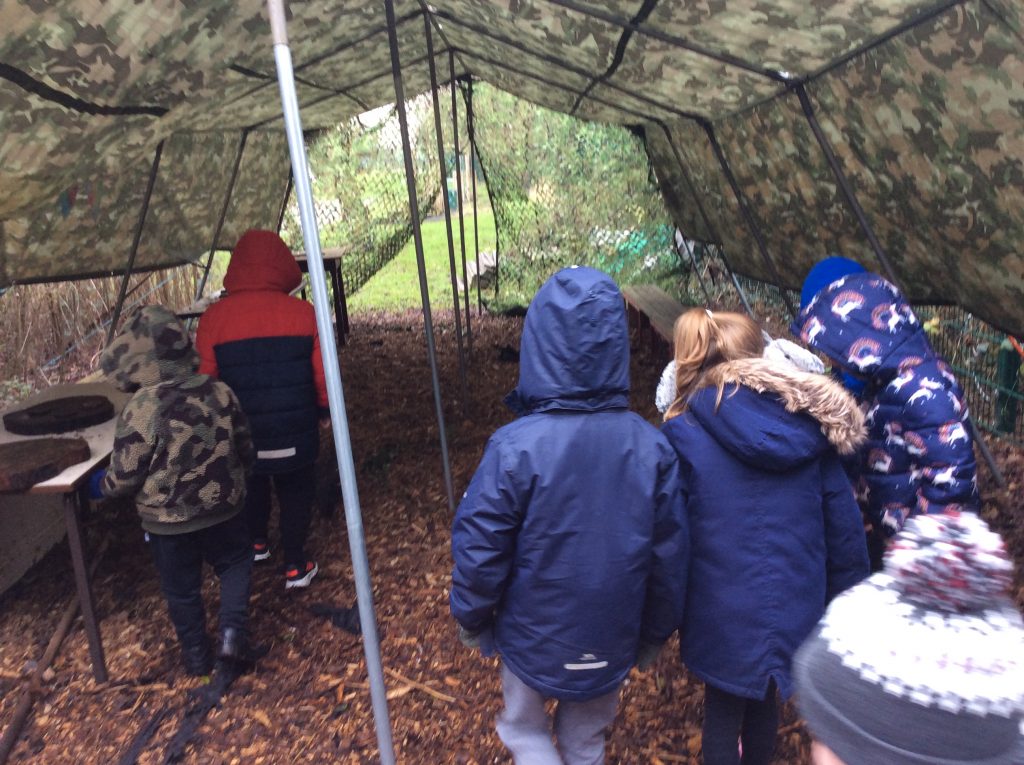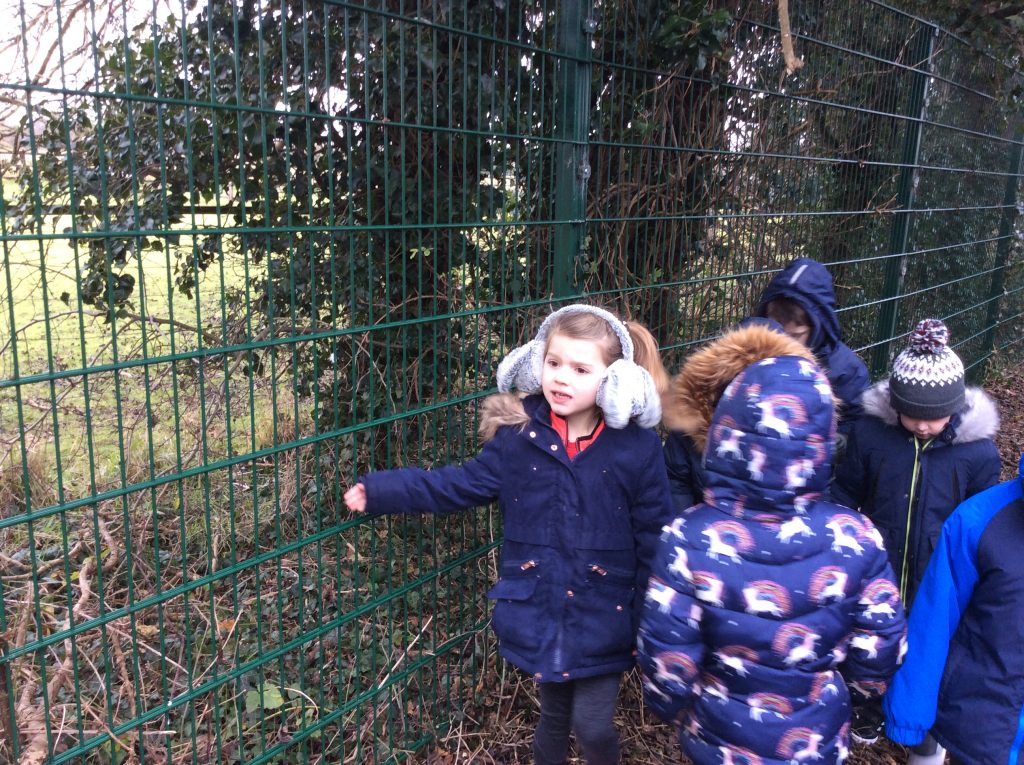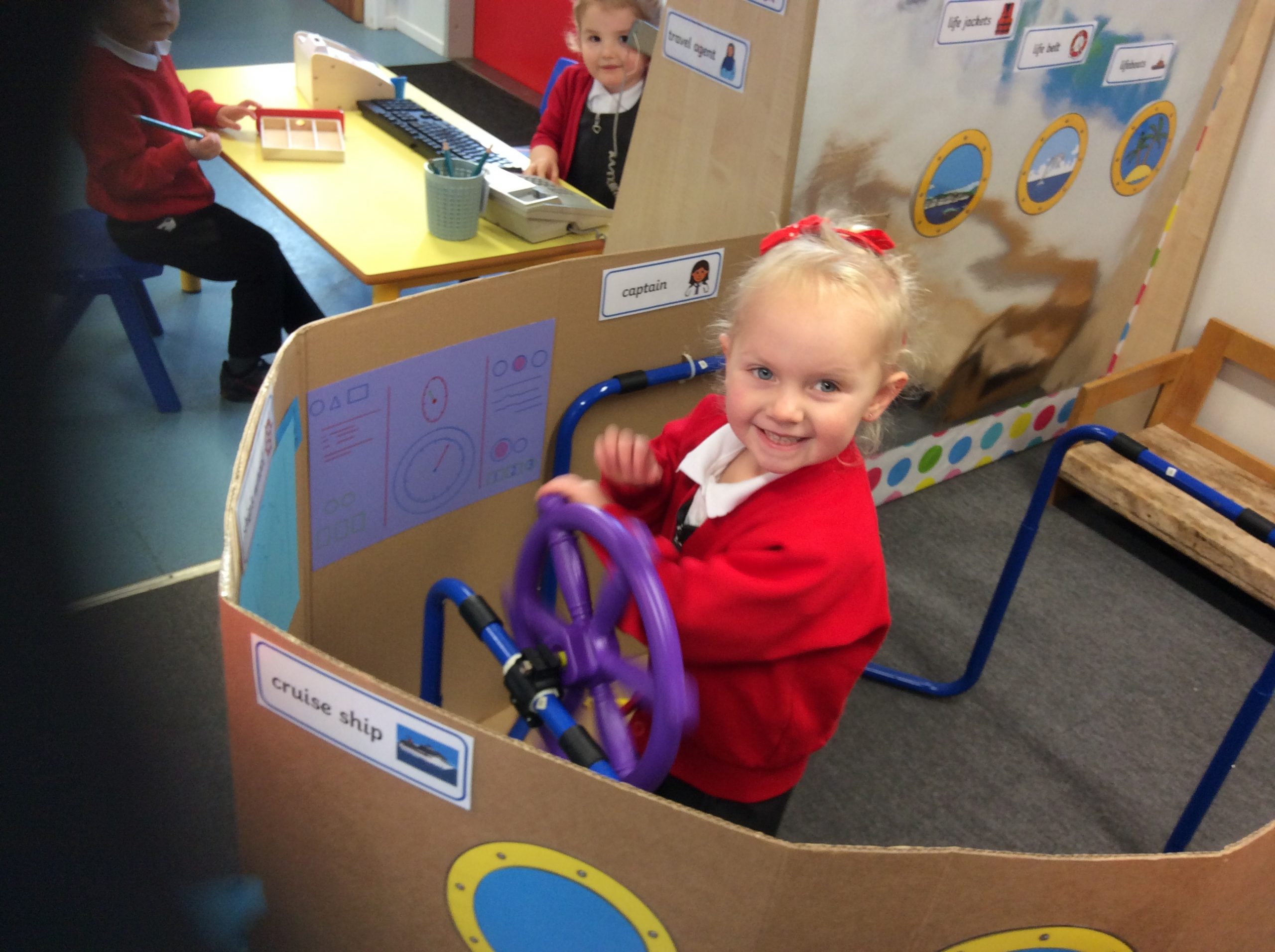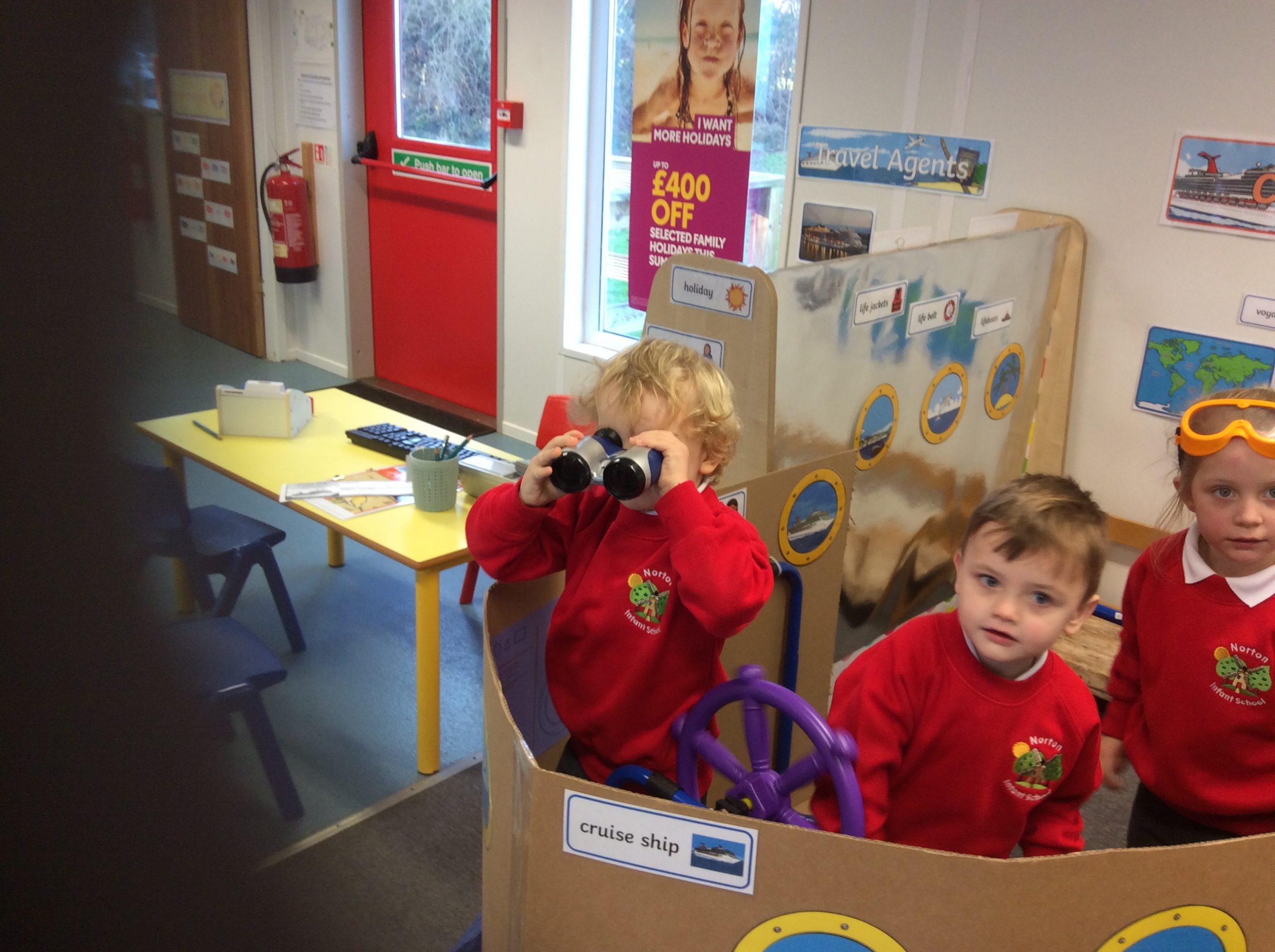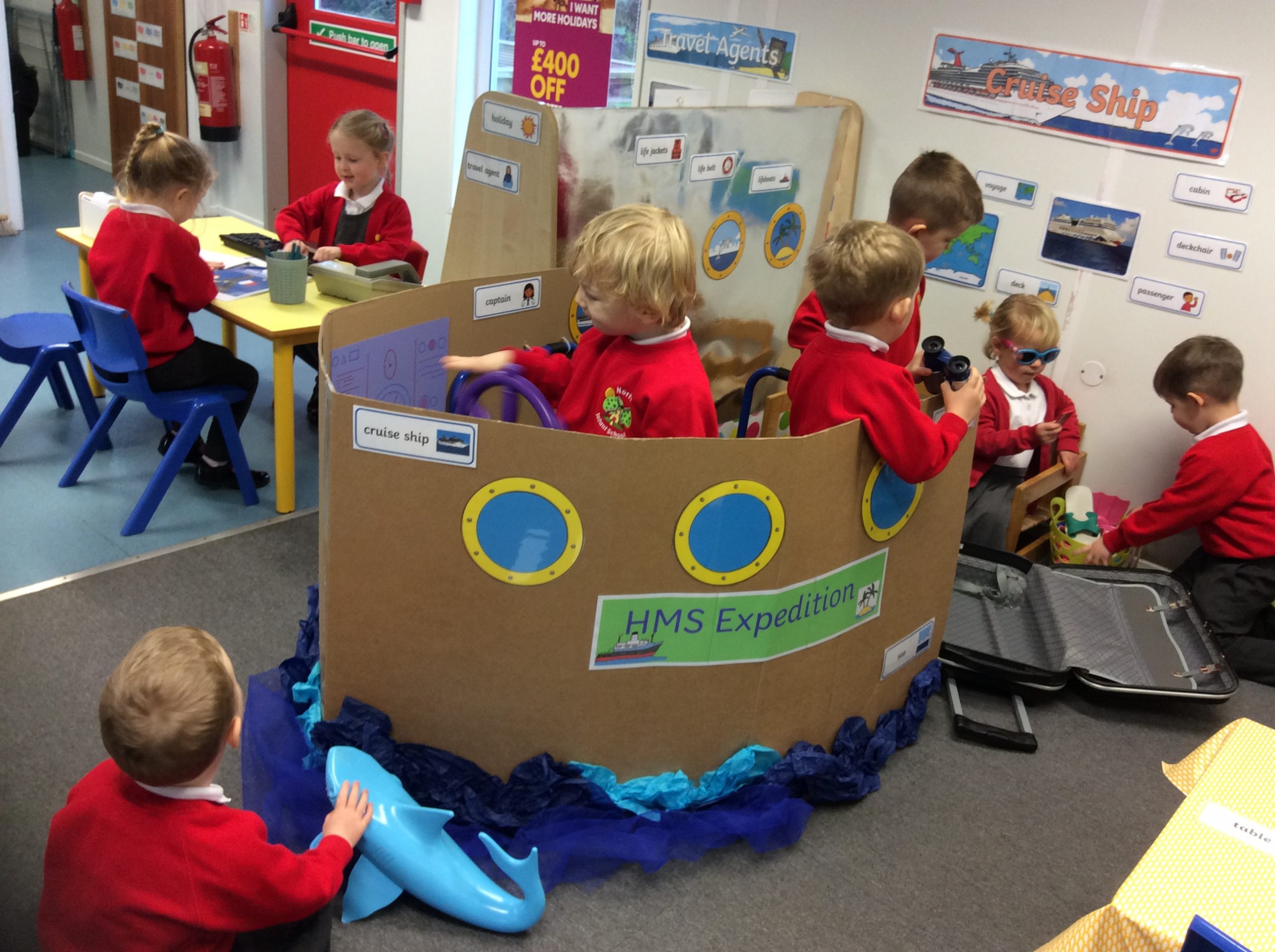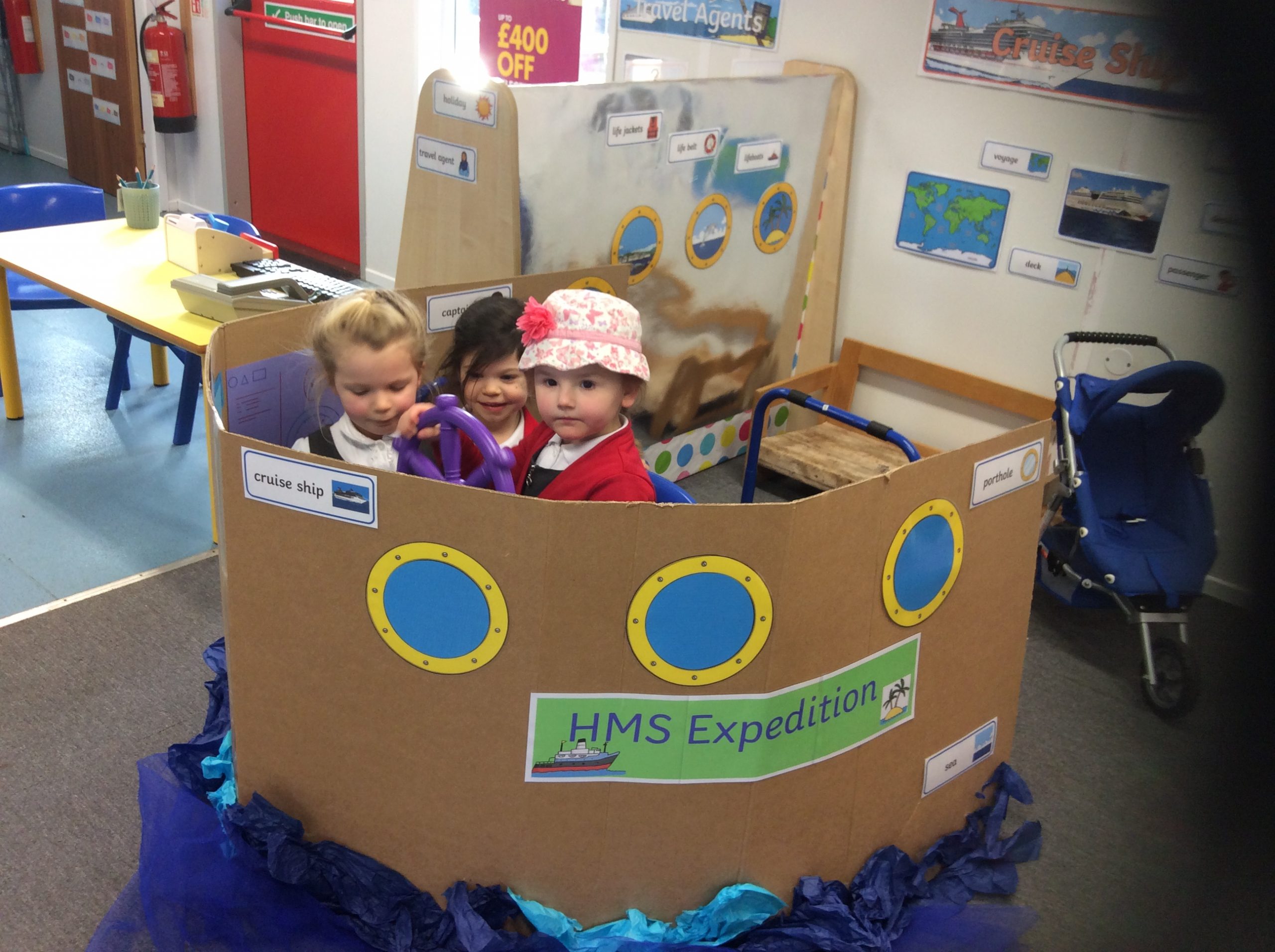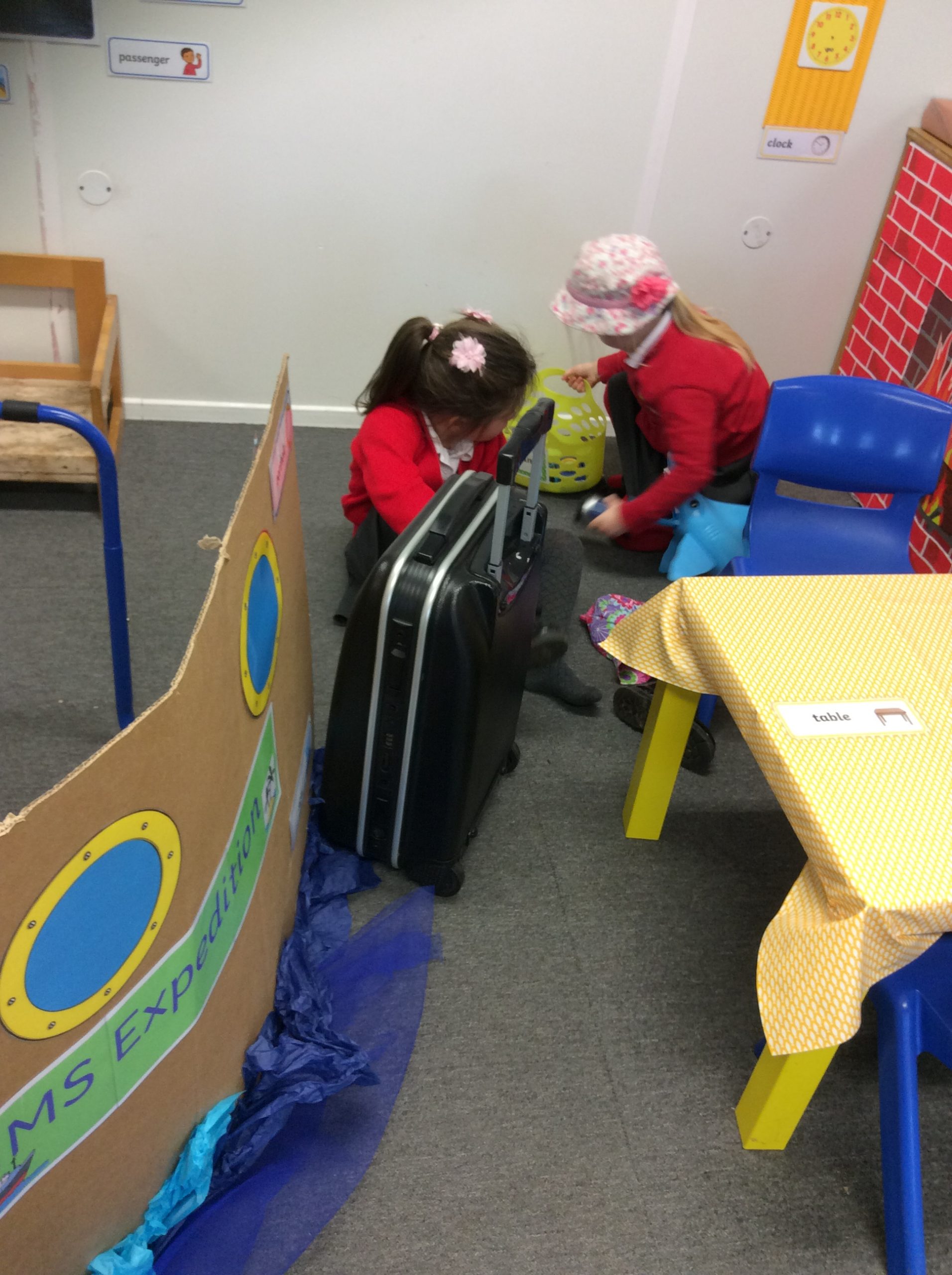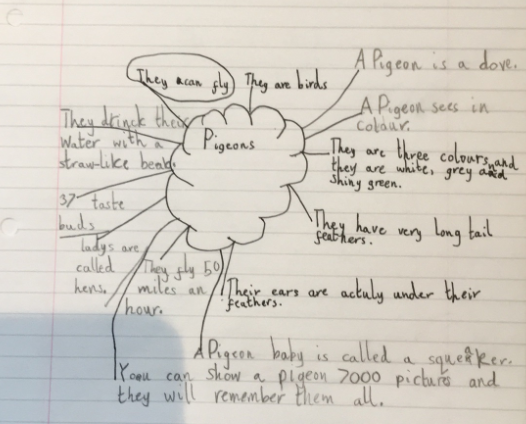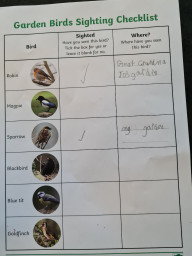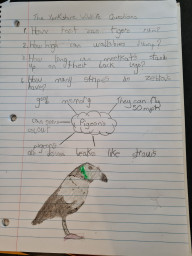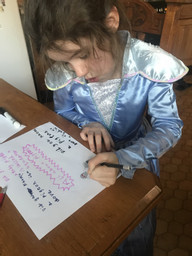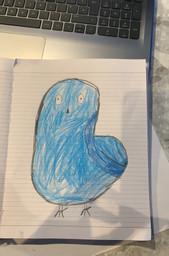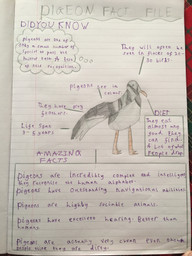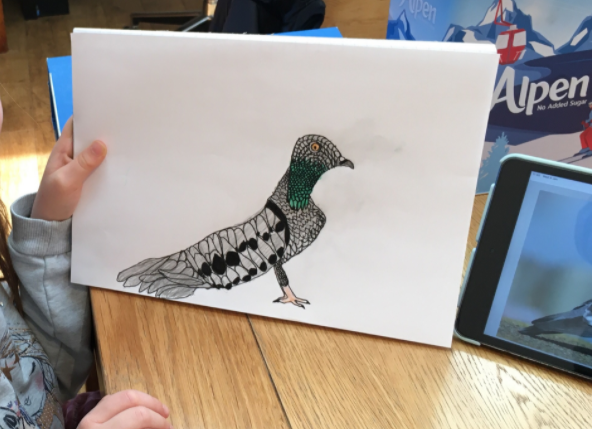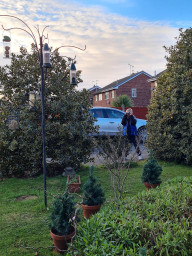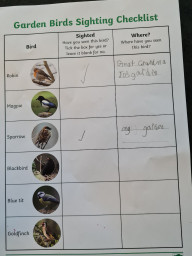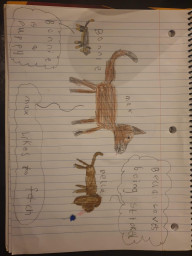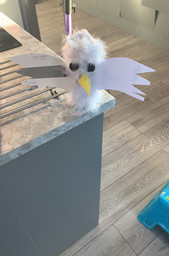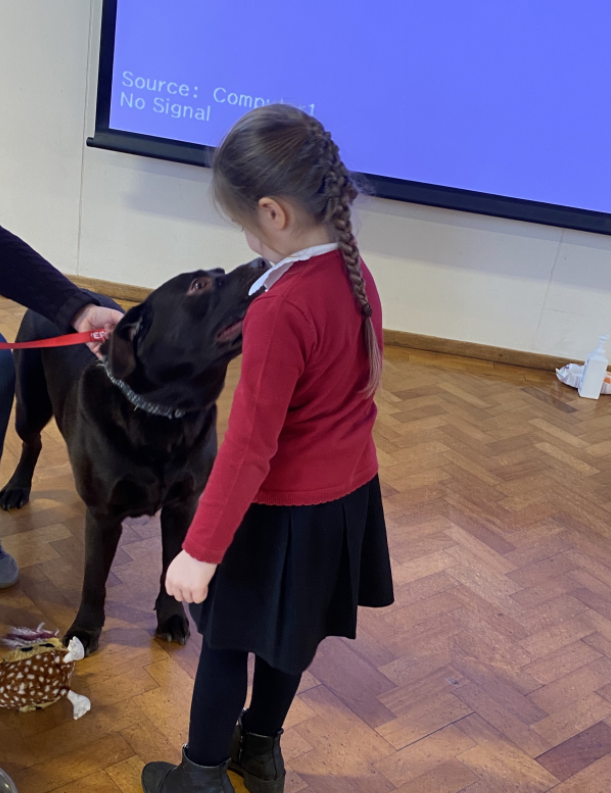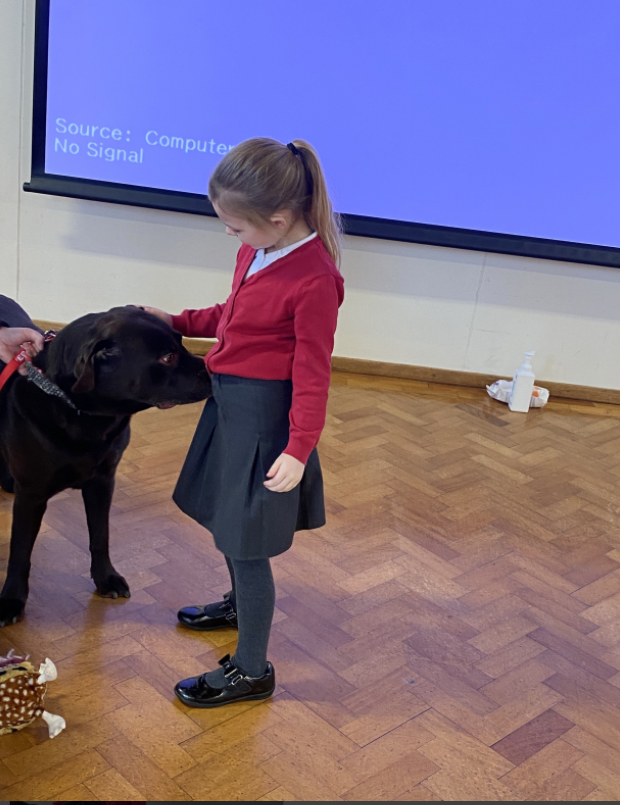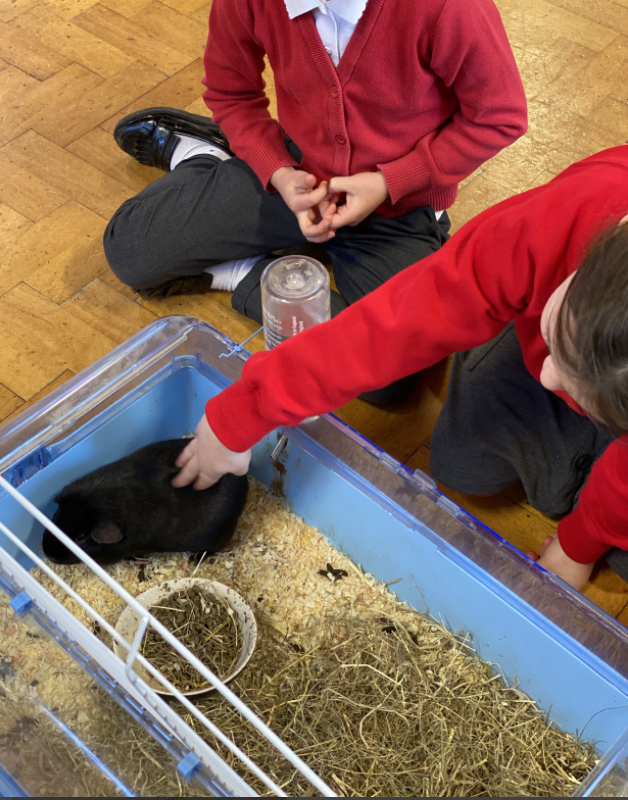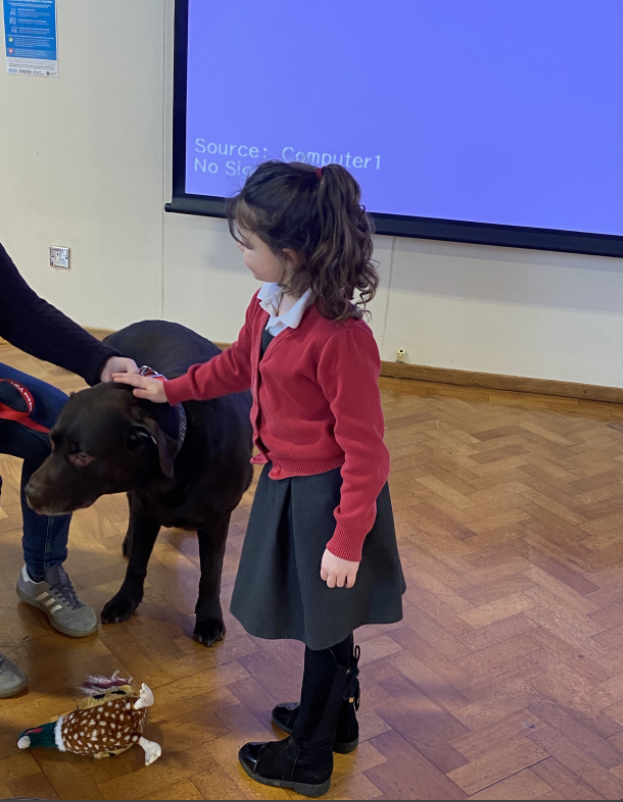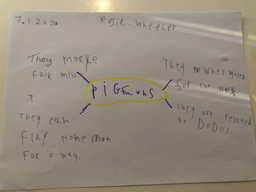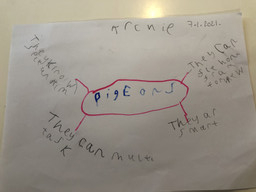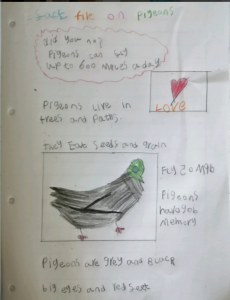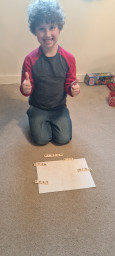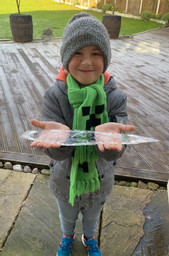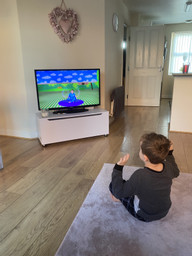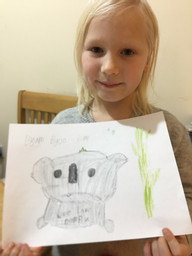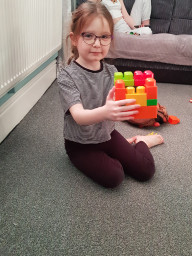In English class 4 looked at the picture and used some great adjectives and similes to describe the place. We went to the Grufallo wood in our school grounds to help us generate the ideas.
Category : Uncategorized
Our new role play area
Our Nursery children have loved setting sail aboard HMS Expedition!
Our Little Heroes!
It’s not the start to the new year we had hoped for but class 6, you have started it with a bang! I am so proud of your efforts this week (parents included). Here are some photos of what our first week in lock down looks like…
We have been learning lots of new fascinating facts about pigeons. The children have created some beautiful art work and fact files!
Expedition…
We have also become immersed in our new expedition. We’ve had some furry vistors in school. At home we have been writing fact files about our own pets, making birds and have even done a spot of bird watching…
Keep up the incredible work class 6! You should be very proud of yourself!
What a week …
I am so proud of everyone in class five this week. Whether you have been learning in school or at home, you have been incredible! (Adults too!) You have learnt how to use Google Hangouts, immersed yourselves in our new expedition, completed Maths and English work and done all that whilst smiling! What a crew!
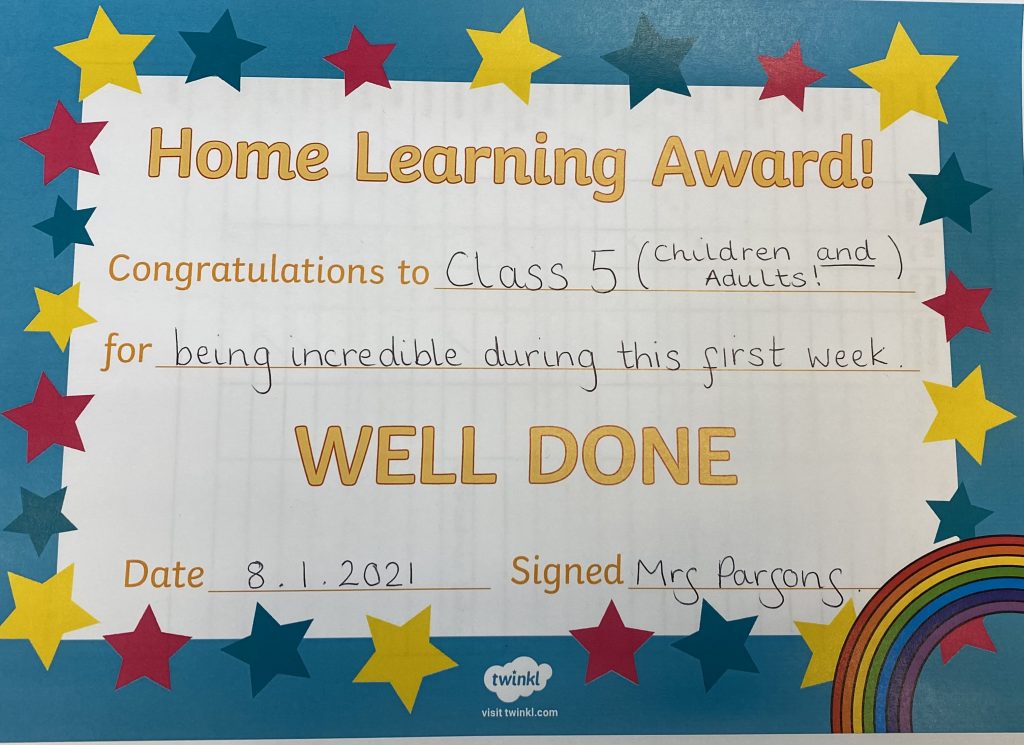
Have a little look at all the amazing things we have been learning this week.
Thank you for all the check in messages, photos of beautiful work and for keeping in touch. Our hangouts have been the highlight of my week, seeing everyone’s smiling faces. I’m blown away by all your efforts.
I can’t wait to see what amazing things happen in our class (or remotely!) next week.
Mrs Parsons xx
It’s a Cracker!
Presenting our Christmas show – It’s a Cracker!
The children have all worked so hard, we are incredibly proud of them, enjoy …
Merry Christmas from us all at Norton Infant School
#nortoninspired
Beautiful Letters to Santa
This week we have been writing letters to Santa. The children have found the writing really exciting and impressed me with their neat handwriting, spelling and punctuation. Well done Class 4!

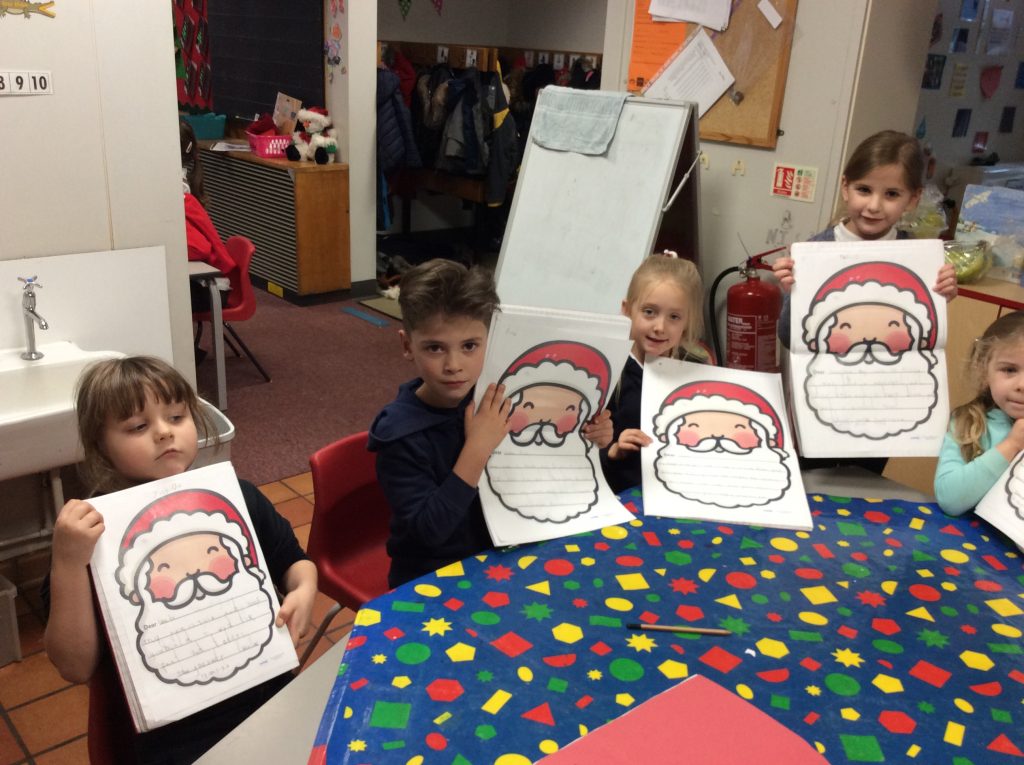
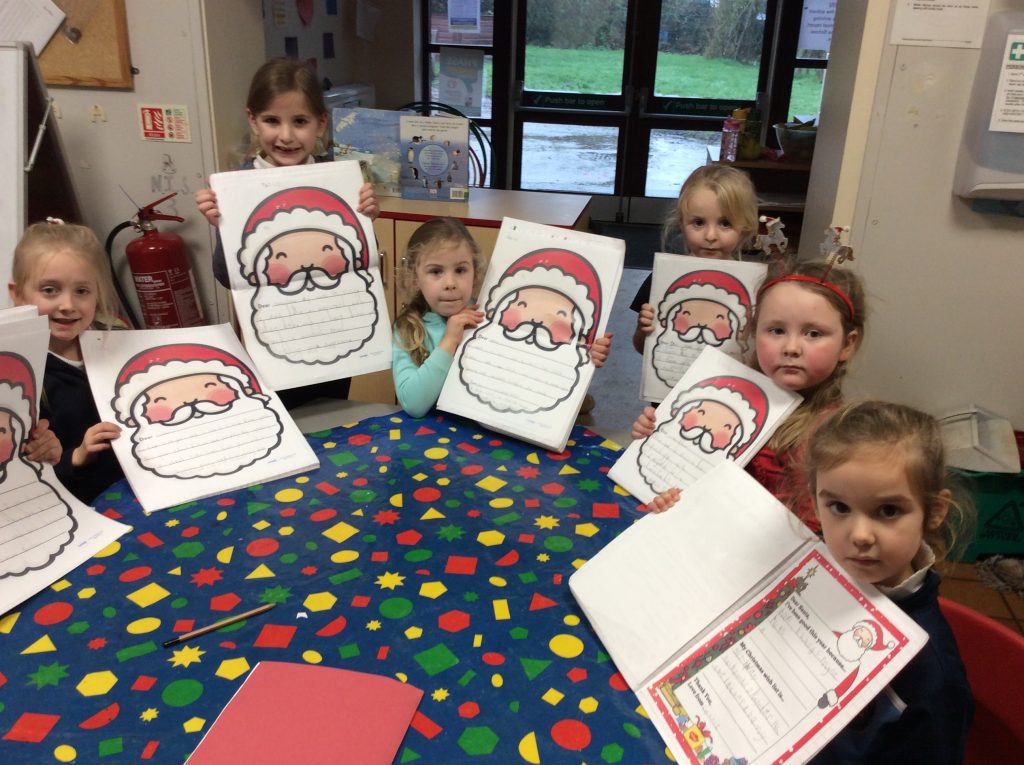
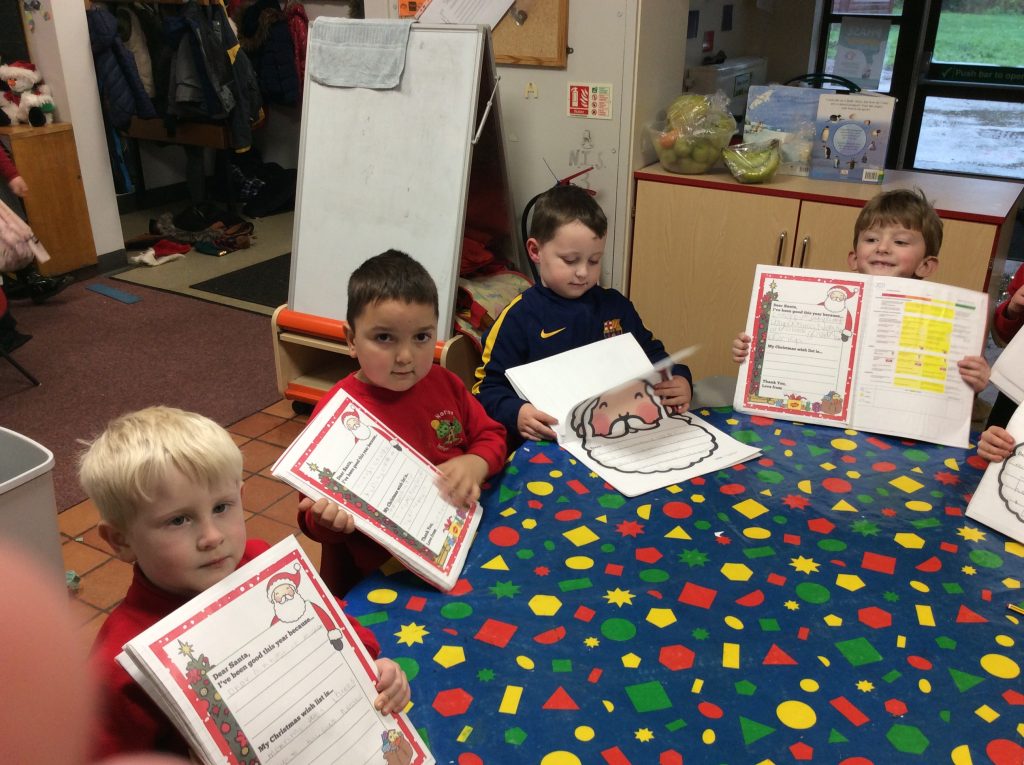
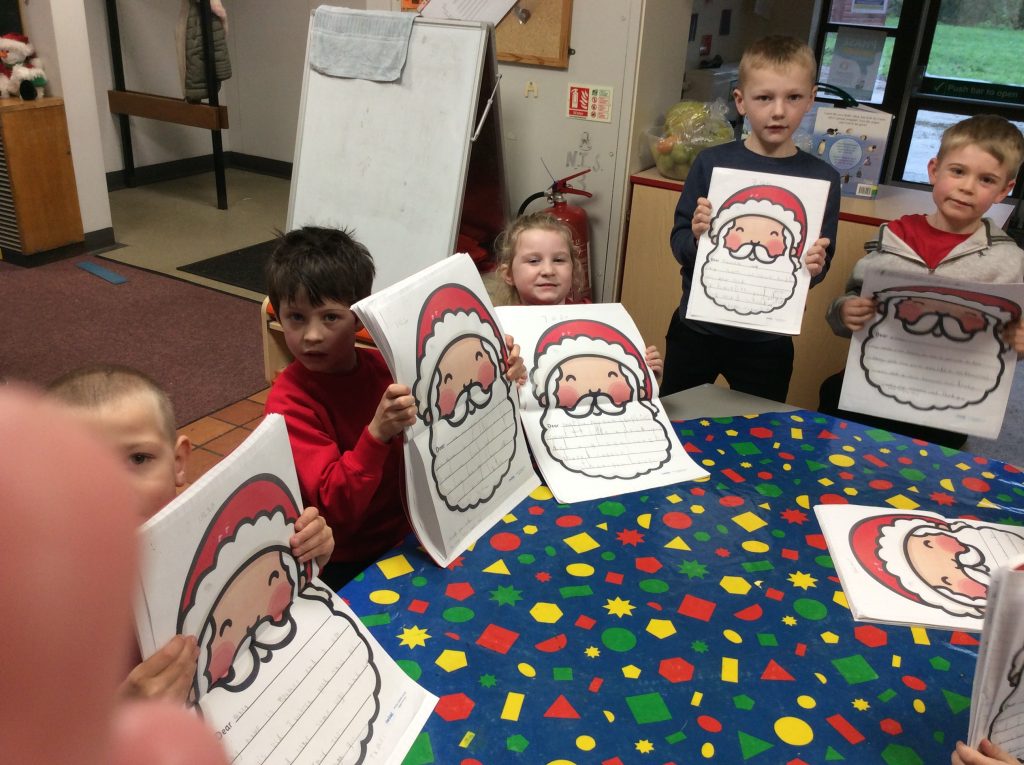
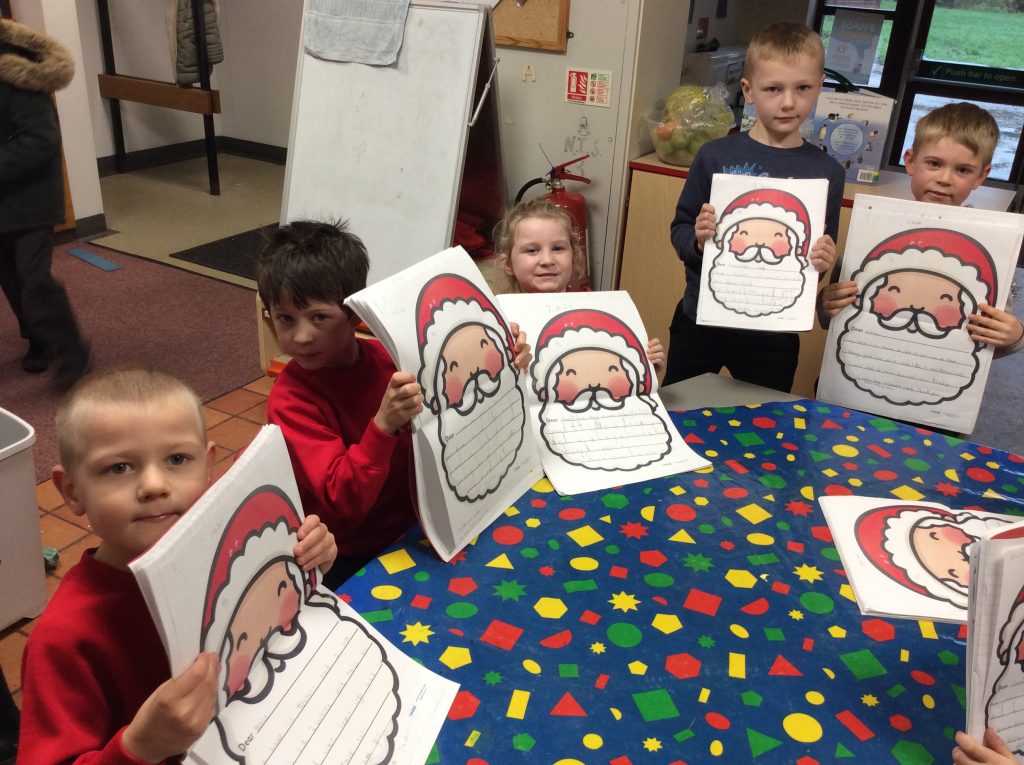
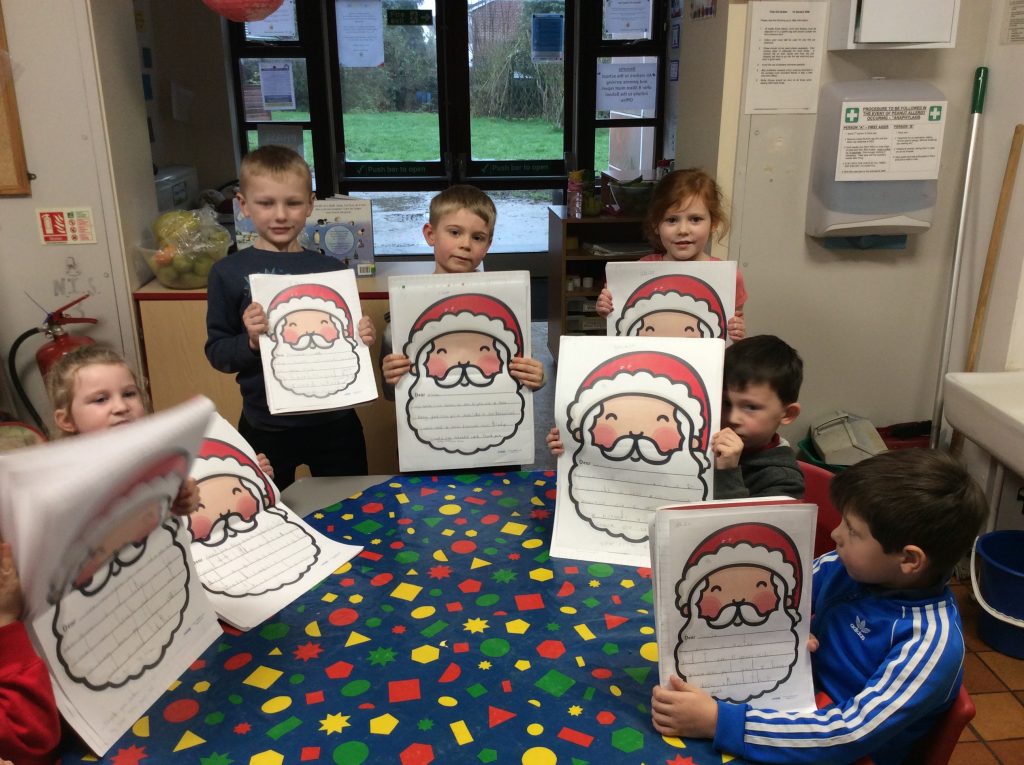
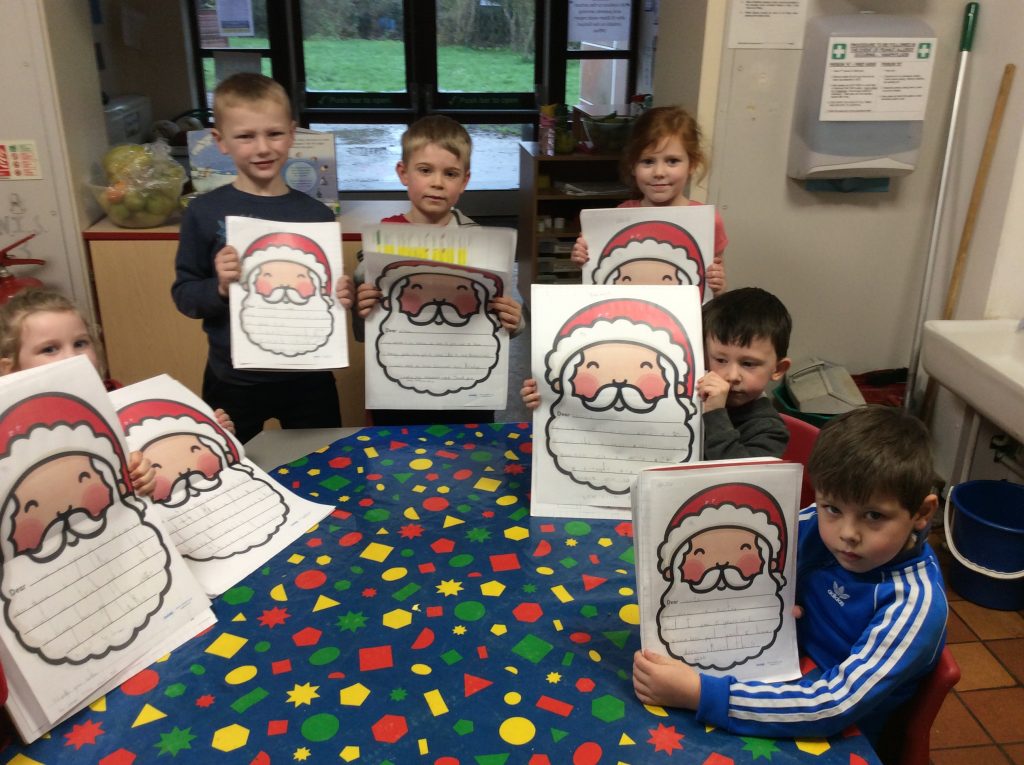
Headteacher’s Award – 7th December 2020
Well done to the following children who have been nominated by their class teachers to receive my Headteacher’s award this week.
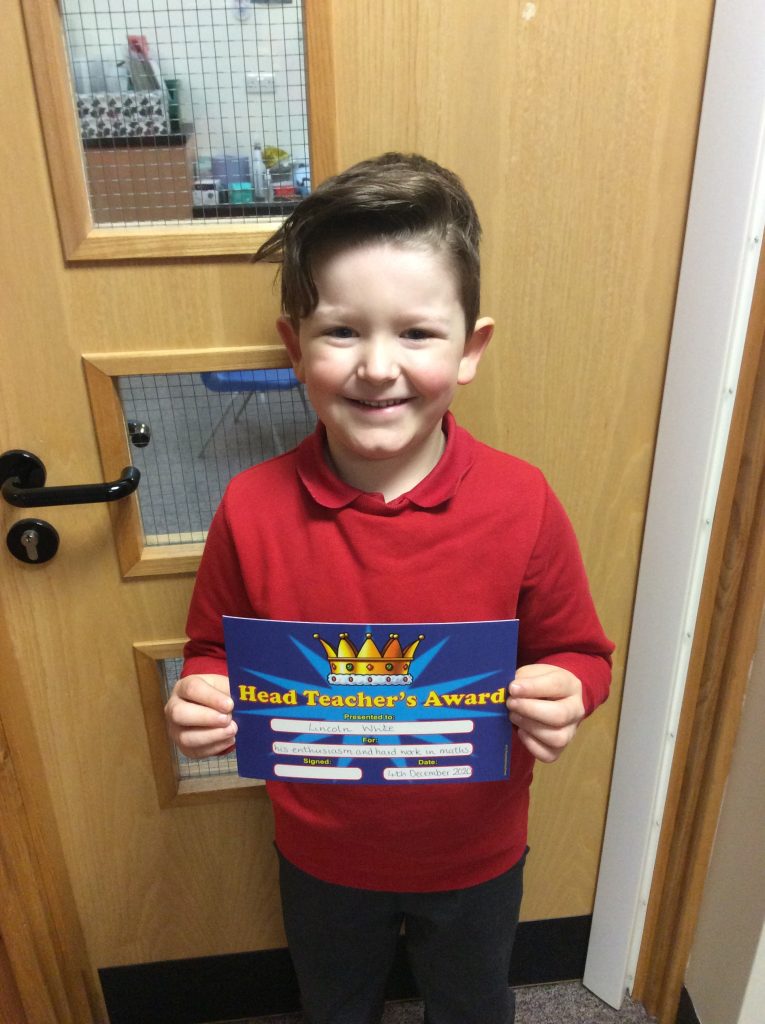
Lincoln Class 3
For his enthusiasm and hard work in maths
Charlie Class 6
For his positive attitude and for making Mrs Chadwick smile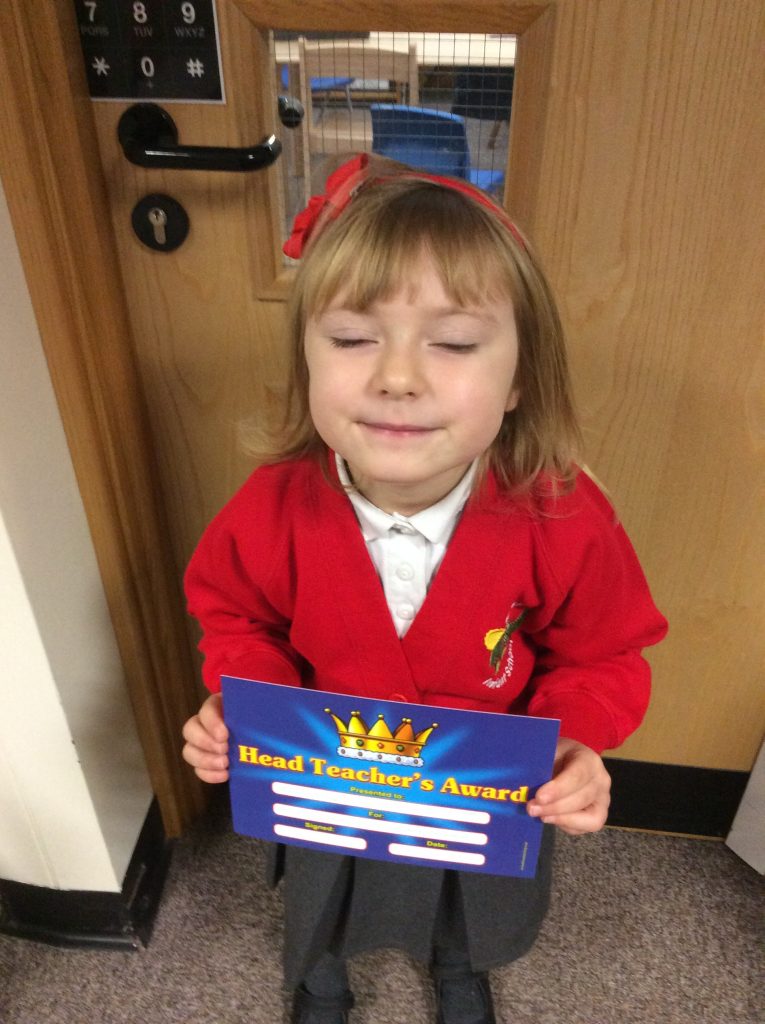
Eva Class 2 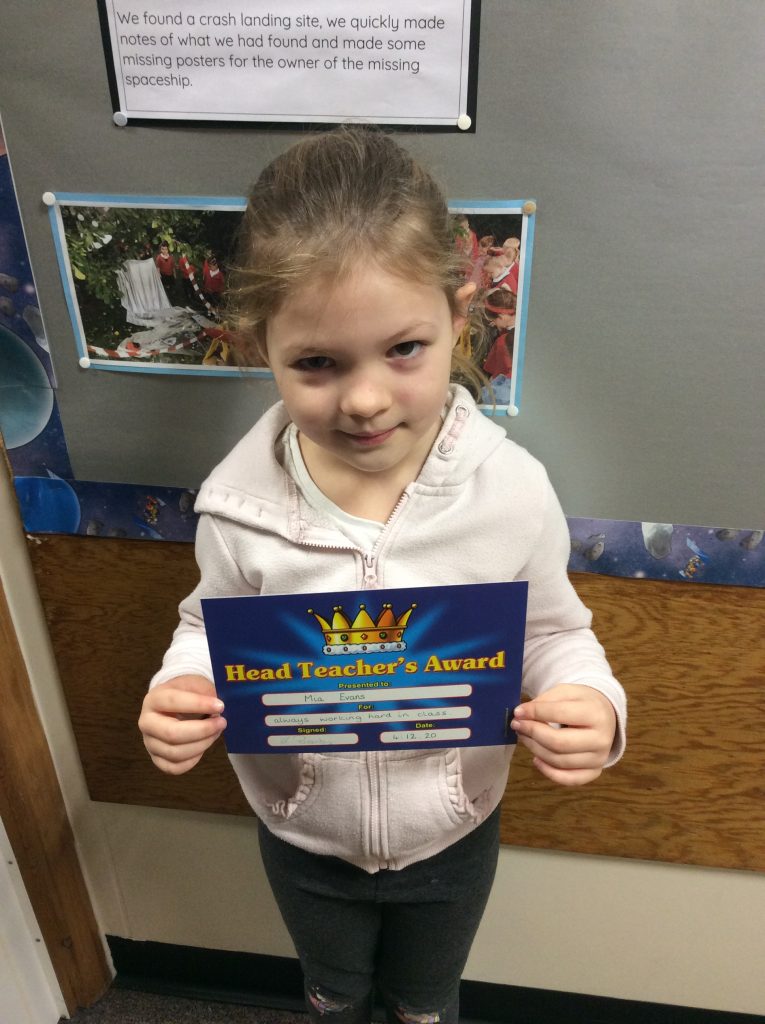
Mia Class 5
For always working hard in class
Ella Class 4
For showing resilience in her writing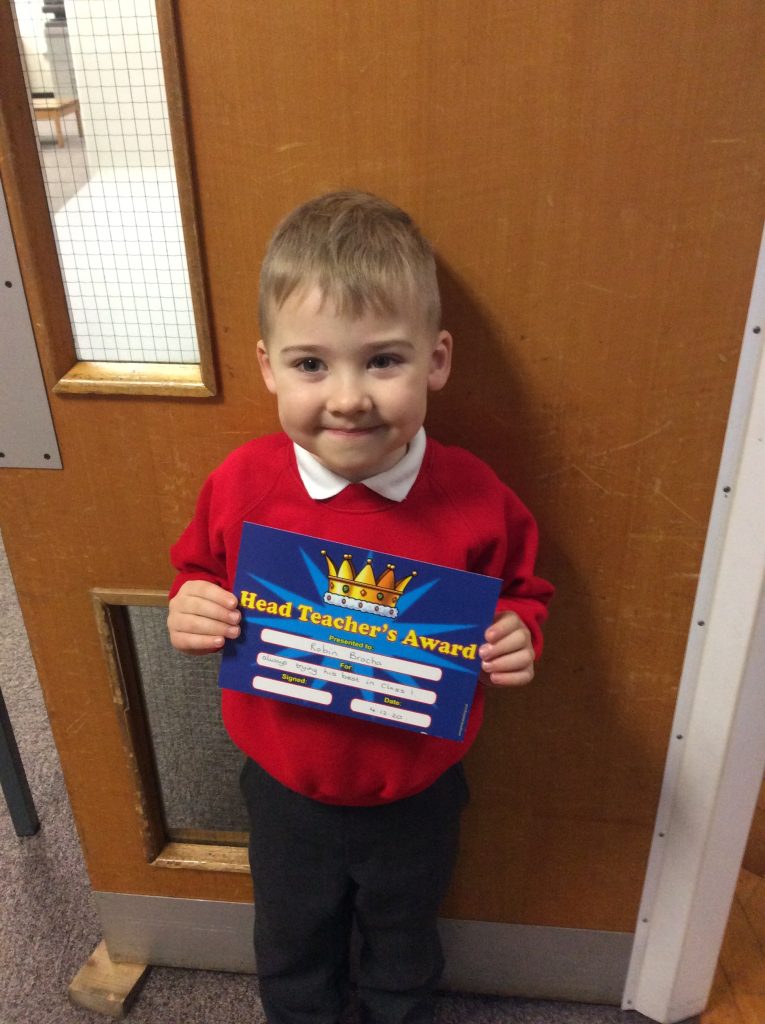
Robin Class 1
For trying his best
Trimming up for Christmas
We have enjoyed decorating our classroom this week!

Making our memory boxes
This week class 4 have been very creative when making our memory boxes for Beegu. The children have impressed me with their ideas, patience and resilience in their work! Well done everybody!
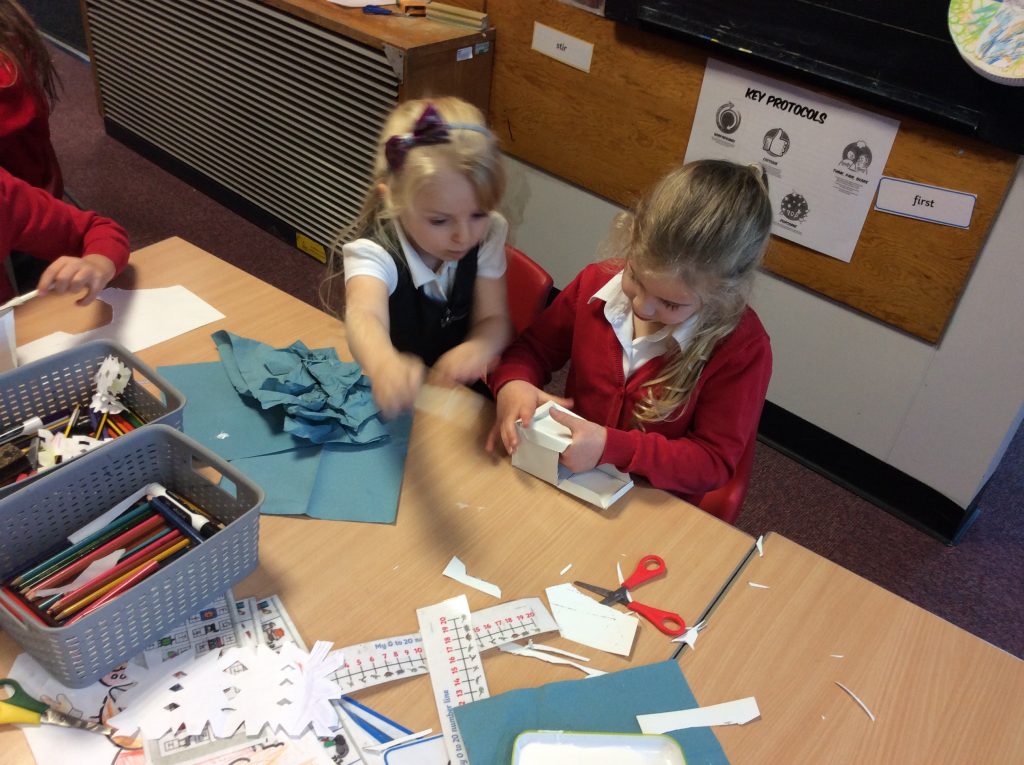
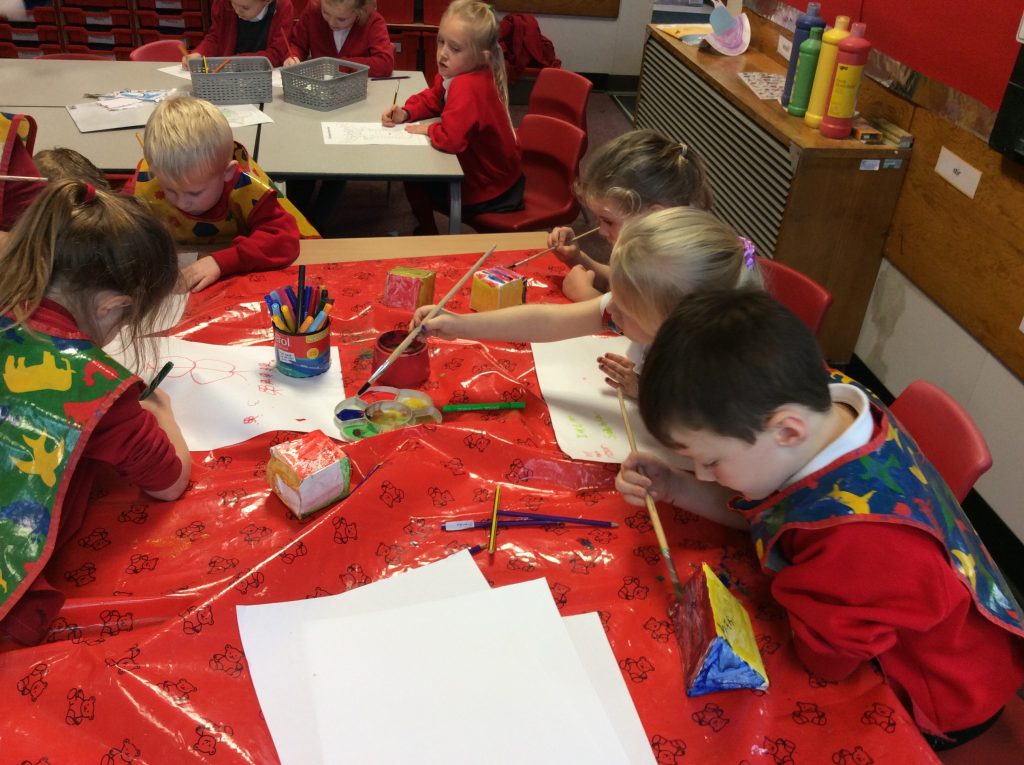
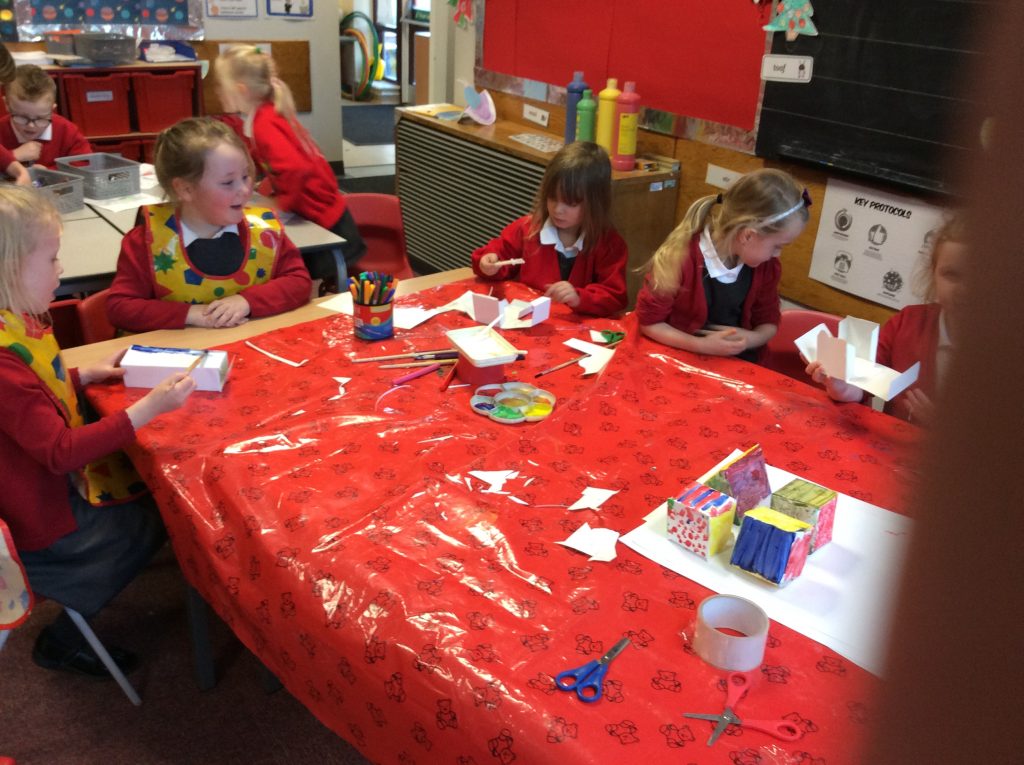
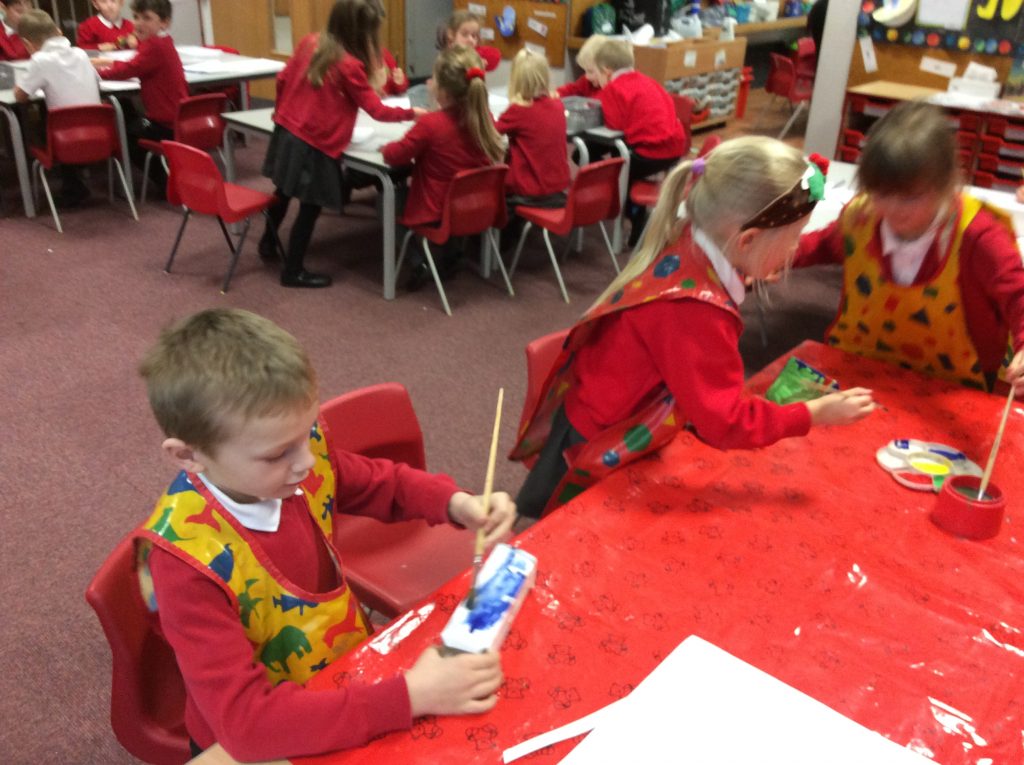
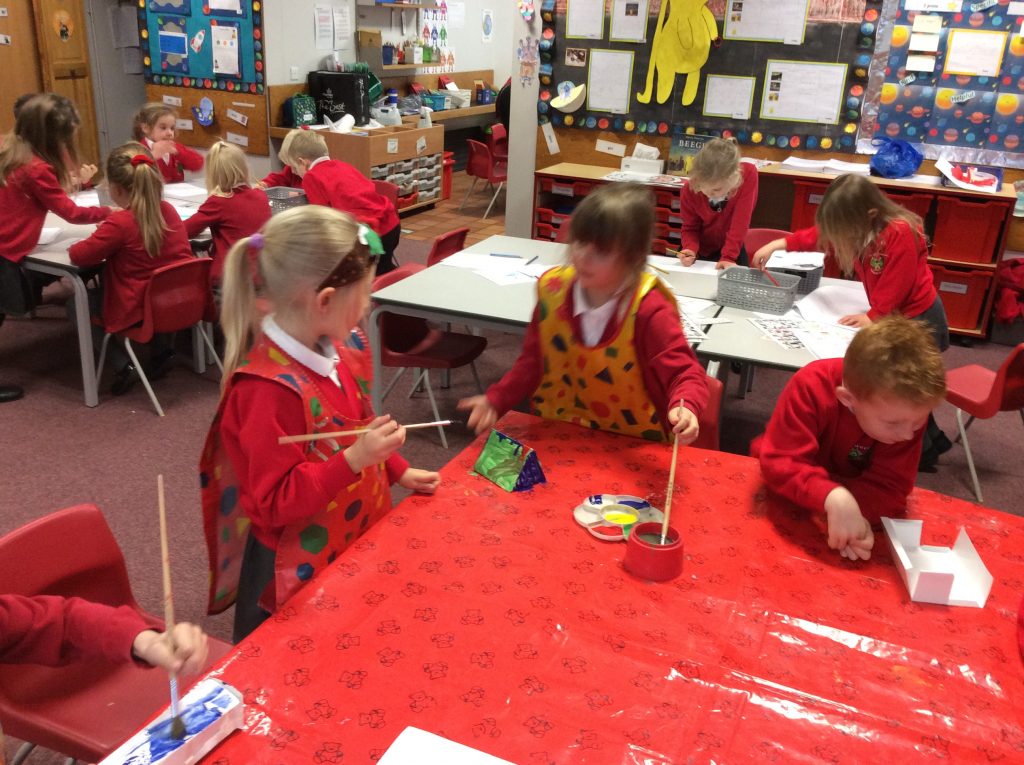
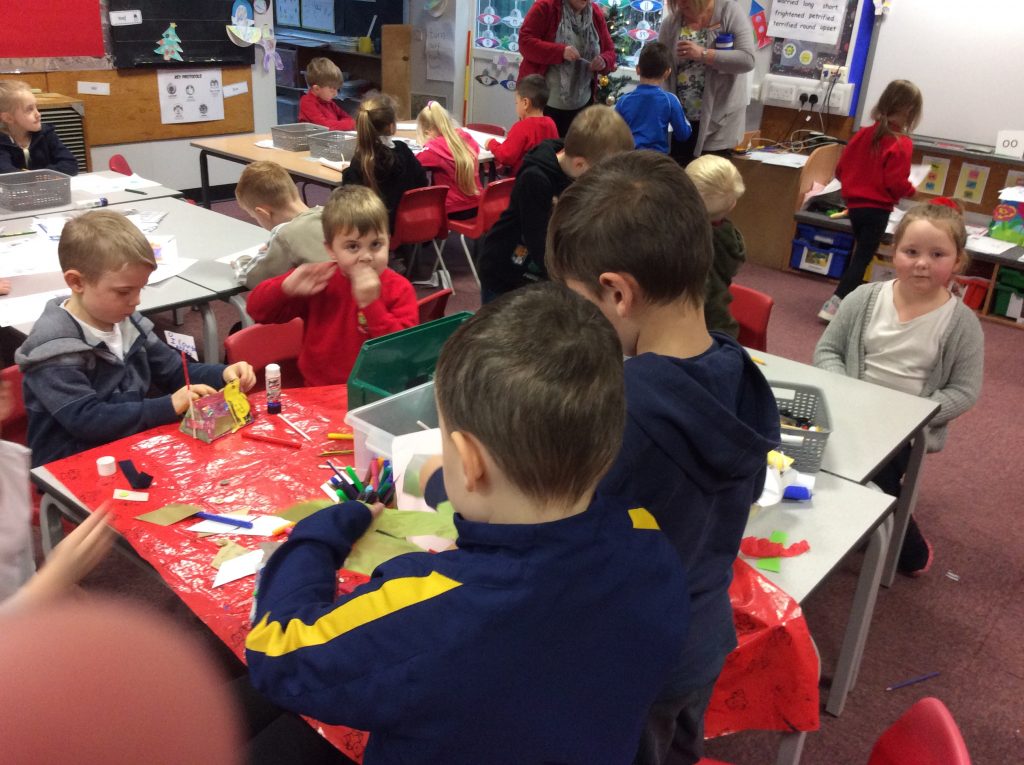
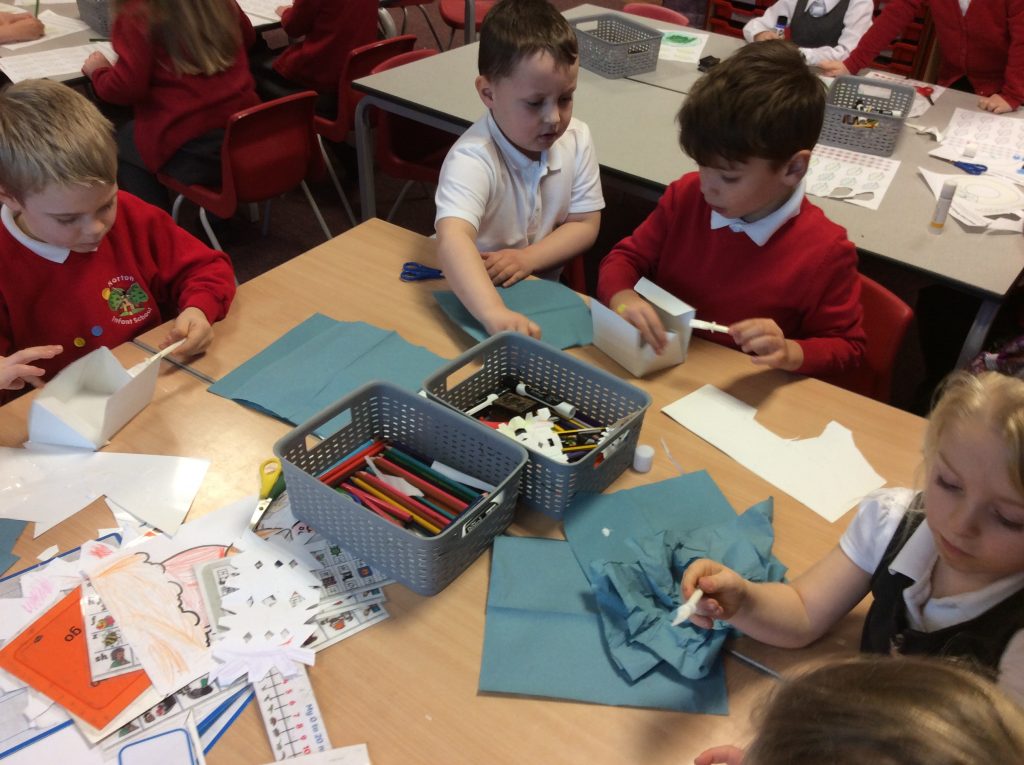
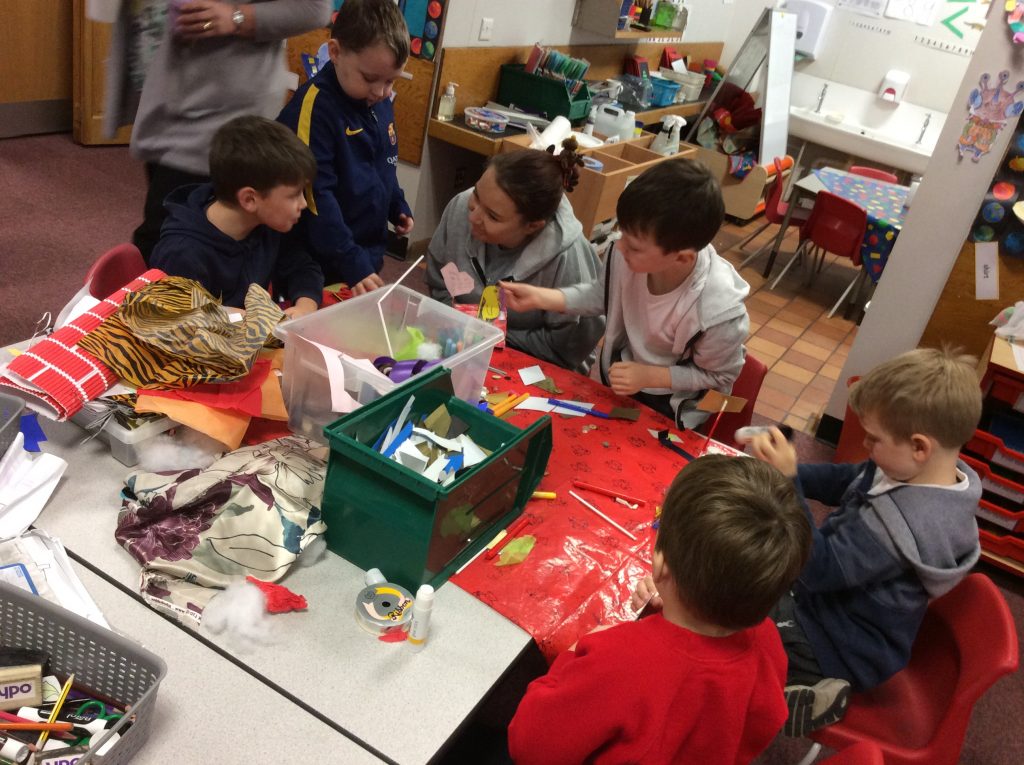
A huge “Thank you!”
Thank you to our families and staff who donated so generously with selection boxes, mince pies and biscuits. They will be a welcome addition to the Christmas food hampers which are being distributed across over 9,000 Doncaster families this Christmas period.
